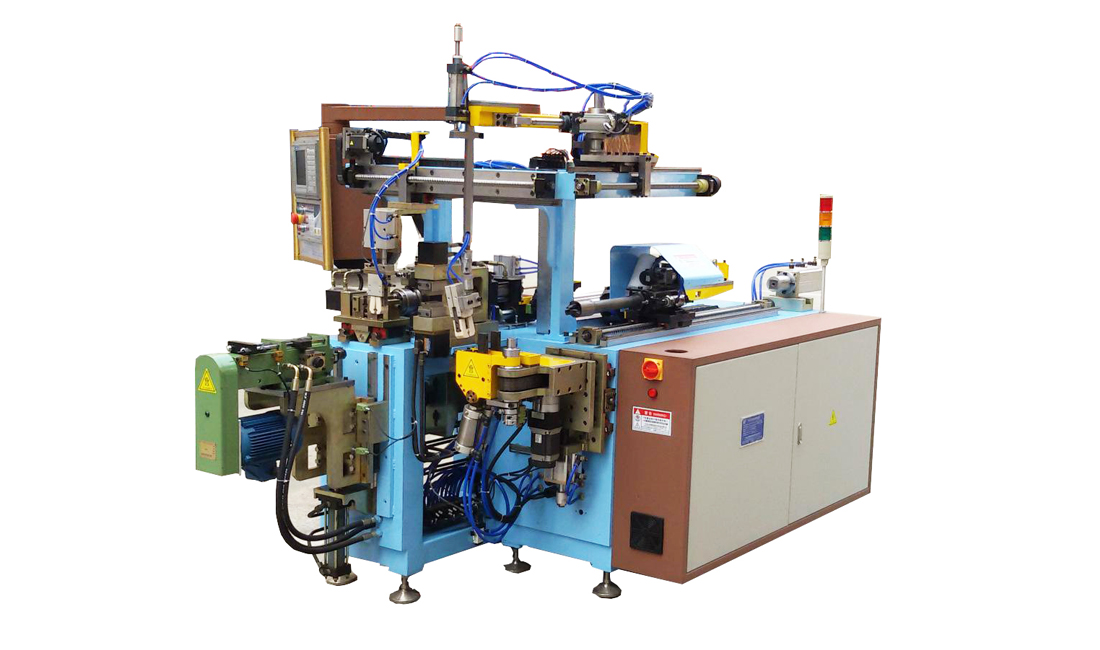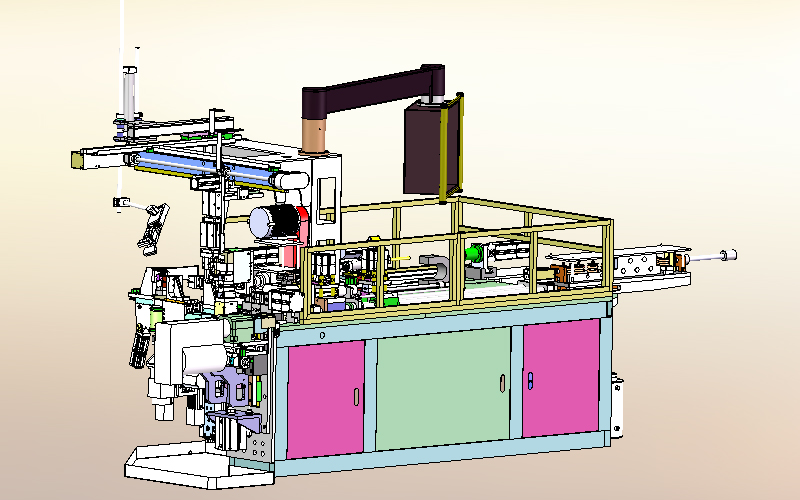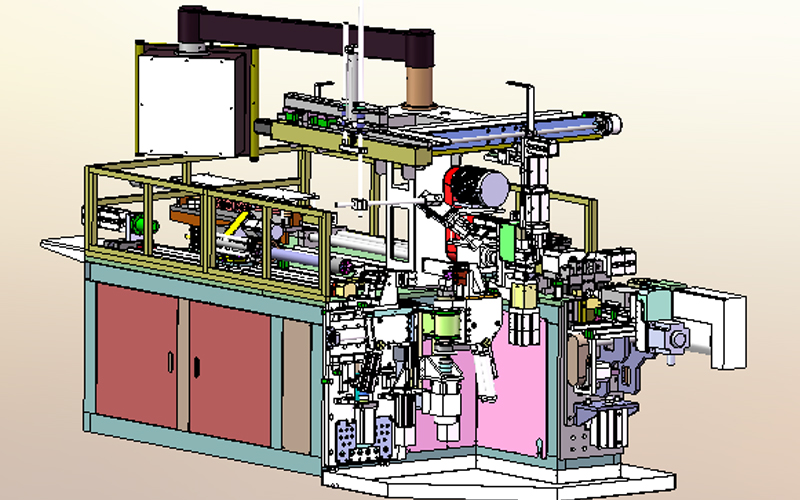How to Bend Copper Tubing with a CNC Tube Bender: A Comprehensive Guide

Copper tubing is prized for its excellent thermal conductivity, corrosion resistance, and versatility in applications ranging from HVAC systems to artistic installations. However, bending copper tubing—especially with precision—requires careful handling due to its unique properties. In this guide, we’ll explore how to bend copper tubing using a CNC tube bender, sharing essential tips, step-by-step instructions, and best practices to ensure a flawless bend every time.
Understanding the Basics
What is CNC Tube Bending?
A CNC (Computer Numerical Control) tube bender automates the bending process by using pre-programmed instructions to control the machine’s movements. This automation brings precision, repeatability, and efficiency to bending tasks, making it ideal for producing complex and accurate bends. Unlike manual bending, CNC machines reduce the risk of errors and material wastage, especially when working with materials like copper that have specific bending characteristics.
Why Copper Tubing?
Copper tubing is used in a variety of industries because of its excellent conductivity, durability, and ease of forming. However, due to its softness and susceptibility to work-hardening, copper requires a controlled bending process to avoid issues like kinking or flattening. Using a CNC tube bender allows you to set precise bend parameters—such as bend radius, angle, and feed rate—which are critical when working with copper.
Preparing for the Bend
Before you begin, it’s essential to understand both your material and your machine’s capabilities.
1. Assessing the Copper Tubing
- Material Properties: Copper is ductile but can work-harden if bent too abruptly. This means that gradual bending with precise control is crucial.
- Tube Specifications: Consider the diameter and wall thickness of your tubing. Thicker walls may require slower feed rates and larger radii to avoid deformation.
- Bend Radius: Establish the minimum bend radius for your tubing to prevent kinks. This often depends on the tubing’s size and the specific copper alloy.
2. Setting Up the CNC Tube Bender
- Calibration: Ensure that your CNC tube bender is calibrated. This involves verifying the machine’s zero positions, tool alignment, and overall setup.
- Tooling: Select the correct mandrels, dies, and rollers for copper. Mandrels help maintain the tube’s shape during bending, while proper lubrication minimizes friction and surface damage.
- Software Preparation: Input the bending parameters into the CNC control software. This includes the bend angle, radius, feed rate, and any compensation for springback.

Step-by-Step Process
With your copper tubing assessed and your machine prepared, you’re ready to begin the bending process.
Step 1: Loading the Copper Tubing
Securely mount the copper tube into the CNC tube bender’s clamping system. Proper alignment is crucial here—misalignment can lead to uneven bends or unexpected stress points. Double-check the tube’s positioning before moving on.
Step 2: Programming the Bend
Using the CNC’s software interface, input the desired bending parameters:
- Bend Angle: Define the angle at which you want the tube to bend.
- Bend Radius: Specify the curvature to ensure a smooth bend.
- Feed Rate and Pressure: Adjust these settings based on the tubing’s thickness and the desired bend quality.
- Sequence: For multiple bends, create a step-by-step sequence in the software to ensure consistency and accuracy.
Step 3: Initiating the Bending Process
Once the program is loaded and verified, initiate the bending cycle. Monitor the process carefully:
- Observation: Watch for signs of wrinkling, kinking, or any irregularities. The CNC system should execute the bends precisely, but early detection of issues can prevent material waste.
- Adjustment: If the copper starts to show signs of stress, pause the machine and adjust the parameters—this may involve reducing the feed rate or increasing the bend radius.
Step 4: Quality Inspection
After the bending process is complete, inspect the tubing:
- Measurement: Use precision tools to measure the bend angle and radius. Compare these measurements against your specifications.
- Visual Inspection: Look for any surface imperfections such as flattening or surface cracking.
- Finishing Touches: If necessary, deburr the edges or smooth out any minor imperfections. This ensures that the tubing not only meets functional requirements but also maintains a high-quality finish.
Troubleshooting Common Challenges
Even with a CNC tube bender, several challenges may arise when bending copper tubing:
Kinking and Wrinkling
- Solution: Use an internal mandrel and ensure proper lubrication. The mandrel supports the inner wall of the tube, preventing it from collapsing, while lubrication minimizes friction that could lead to surface damage.
Springback
- Solution: Copper’s elasticity can cause the tube to slightly return to its original shape after bending. Compensate for this by programming a slightly larger bend angle than required.
Cracking or Flattening
- Solution: Adjust the bending parameters to ensure that the tube is not subjected to excessive pressure. Increase the bend radius or reduce the feed rate to allow for a smoother bend.
Machine Calibration Issues
- Solution: Regular maintenance and recalibration of the CNC machine are critical. Always perform a test run with a sample piece of tubing before proceeding with the final workpiece.
Benefits of Using a CNC Tube Bender
Investing in a CNC tube bender for bending copper tubing offers numerous benefits:
- Precision and Consistency: Achieve the same high-quality bend every time.
- Efficiency: Reduce material waste and production time.
- Flexibility: Easily adjust parameters for different tubing sizes and shapes.
- Cost-Effective: Lower production costs by minimizing errors and rework.

Real-World Applications
Bending copper tubing accurately is vital in various industries. For instance:
- HVAC Systems: Copper tubes are used extensively in heating, ventilation, and air conditioning systems for their excellent heat transfer properties.
- Plumbing: Smooth, precise bends are essential to prevent leaks and ensure efficient water flow.
- Refrigeration: Accurate bends in copper tubing are critical in refrigeration systems, where space constraints demand tight, well-formed curves.
- Art and Design: Custom copper tubing can be a creative element in sculptures and decorative installations, where precision is as important as aesthetics.
Conclusion
Bending copper tubing with a CNC tube bender is a blend of art and science. It requires an understanding of both the material properties of copper and the technical capabilities of CNC machinery. By carefully preparing your tubing, accurately programming your machine, and closely monitoring the process, you can achieve precise, high-quality bends that meet the demands of various applications.
Whether you’re in industrial manufacturing or a small custom fabrication shop, mastering the CNC bending process for copper tubing can significantly enhance your productivity and product quality. With ongoing advancements in CNC technology, the possibilities for customization and precision are continually expanding, making it an exciting time to embrace automated bending solutions.
Invest in the right tools, fine-tune your techniques, and transform your copper tubing projects with the power and precision of CNC tube bending.
Want to Know More About Our Products?
View All Products Now